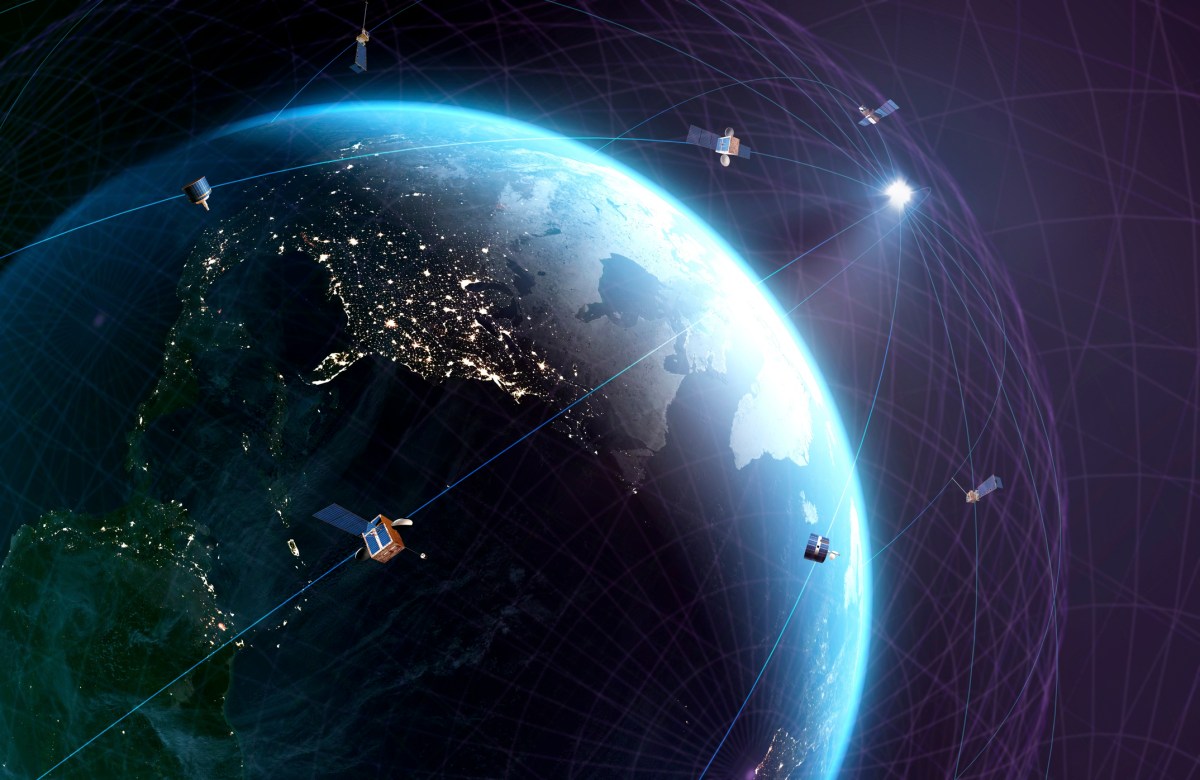Nuview emerges from stealth with plans to map the Earth using lidar
Dozens of established players and newer entrants are competing to bring the most cutting-edge remote sensing data to customers. These companies may use hyperspectral, thermal, radar, or optical instruments – but none, as of yet, use light detection and ranging (lidar), a technology that’s best-known for its use in self-driving cars. Nuview, a geospatial technology company that emerged from stealth today, wants to change that.
The company aims to build out a constellation of 20 commercial satellites outfitted with its proprietary lidar system. The “endgame,” as Nuview founder and CEO Clint Graumann put it, is to map the entire land surface of the Earth with lidar – on an annual basis.
It’s an ambitious plan, but one that could potentially generate huge revenues if the company manages to pull it off.
There are many good reasons why no commercial company has managed to deploy space-based lidar at scale. NASA has sent up a handful of scientific payloads that use lidar, but they’re very large systems that require a lot of power. When lidar is used for mapping here on Earth, it’s done with unscalable and expensive platforms like aircraft and drones. Nor is it as simple as transferring lidar systems from self-driving cars to satellites; the former systems are usually short-range, with very low power requirements. Compared to what Nuview is building, its “apples and oranges,” Graumann said.
But there have been a number of changes over the past five years that make Nuview’s ambitious plan technically feasible. Some parts of the lidar system have finally become commercially available after being the exclusive purview of the U.S. Department of Defense, for example. Nuview has also been able to bring down the size and weight of its system compared to others that have gone to space, he said. But in arguably the most significant breakthrough, Graumann said the company’s system will be able to scan large areas at once.
“That’s what really unlocks the large revenue potential and the potential to do large projects at national-mapping scale,” he said.
The space industry has changed as well: the cost of launch has dropped, thanks to innovations from SpaceX and other launch providers. Commercial small satellites are also now capable of generating enough power to run a lidar system, Graumann said, adding that all the satellite bus manufacturers Nuview is currently in talks with can all produce platforms powerful enough for the lidar payload.
“That just wasn’t commercially feasible or even really doable four or five years ago, unless you had a massive system,” he said.
Graumann said the idea for the company “struck [him] like a thunderbolt.” Graumann, an Earth observation (EO) industry veteran who was most recently consulting for EO companies and startups with his company TerraMetric, said he repeatedly heard from customers who wanted to fuse their dataset with lidar data.
The company has kept a low profile since then. The Orlando, Florida-based startup closed its first round of funding last year and is in the middle of closing a second round. Nuview is not going public with how much capital the company has raised so far, nor its investors, but Florida Funders, MaC Venture Capital, Broom Ventures, and Industrious Ventures all list Nuview among their investments on their respective websites. The company also scored a government contract for an undisclosed amount.
The company will start by launching a “proof of concept” satellite called “Mr. Spoc,” though they have no firm launch spot reserved yet. Once they’ve demonstrated their tech, they’ll attempt to launch the commercial constellation in tranches of five, spacing out each launch by 18 months until the company hits a constellation of 20.
Nuview has landed over a billion dollars’ worth of “early adopter agreements” – revenues that hinge on the company delivering on spec. These early adopters will have access to the data that the Mr. Spoc spacecraft collects, and will be able to provide feedback on future satellites. Thus far, the company has a team of 21 full-time and contracted employees and is working on building out a new facility with optics, integration, and laser labs in Orlando.
So far, Graumann expects the company’s biggest market will be in national mapping for civil agencies around the world. Nuview has also seen interest from existing space-based sensing customers looking to fuse their data with lidar – to essentially make their product even more robust by combining it with lidar data.
“When you’re looking at optical data, like you see on Google Earth, it’s pretty and it’s meant to see things visually. LIDAR data are billions of discrete data points,” Graumann said. “When you’re thinking about the world of AI and machine learning, there’s nothing more valuable than more data points to train and work with. […] The satellite data that’s up there today was made for people. Lidar data is made for machines.”




